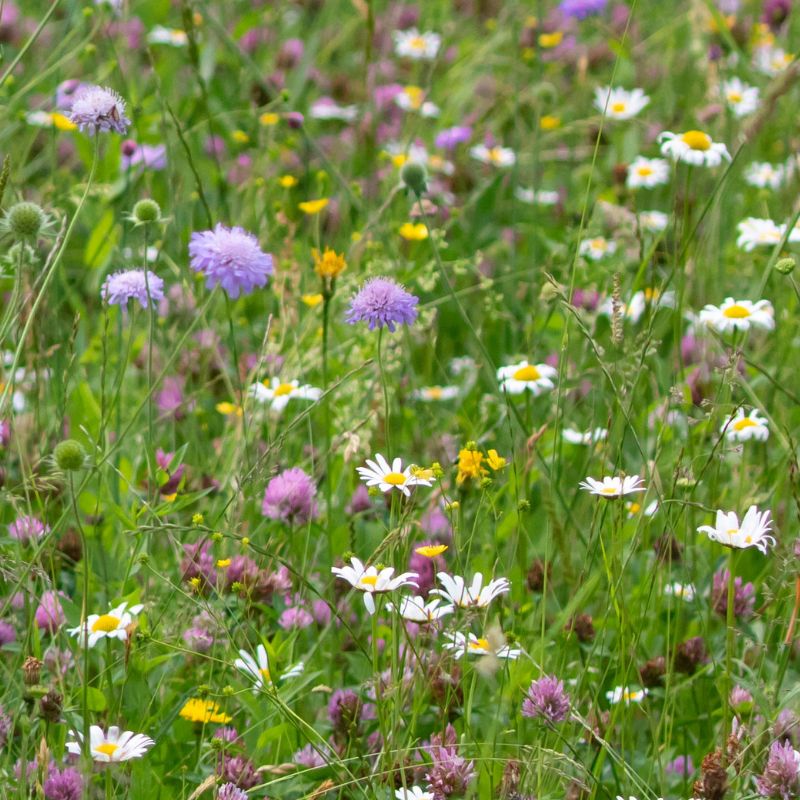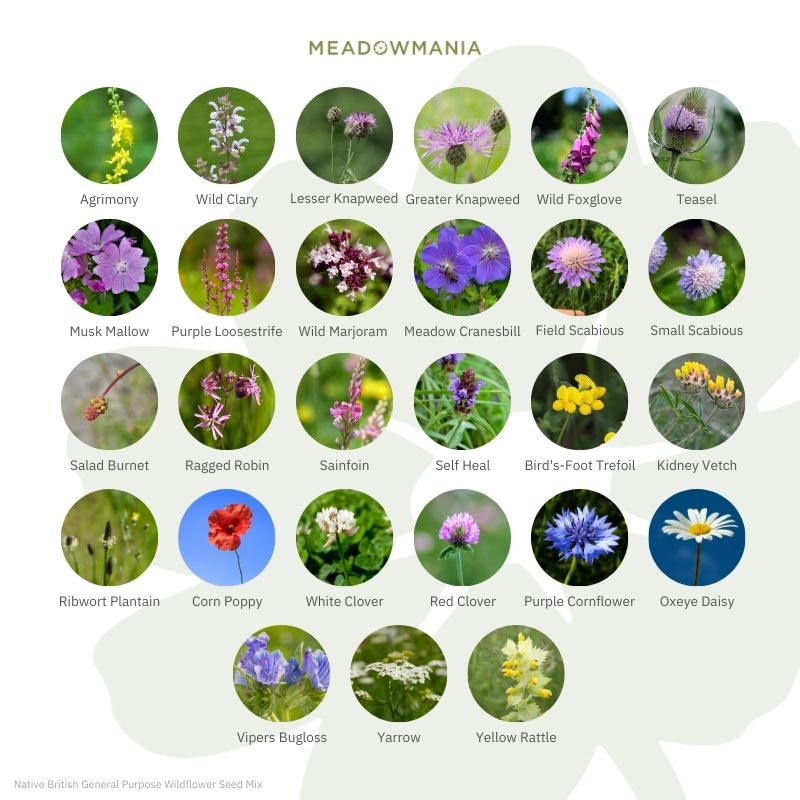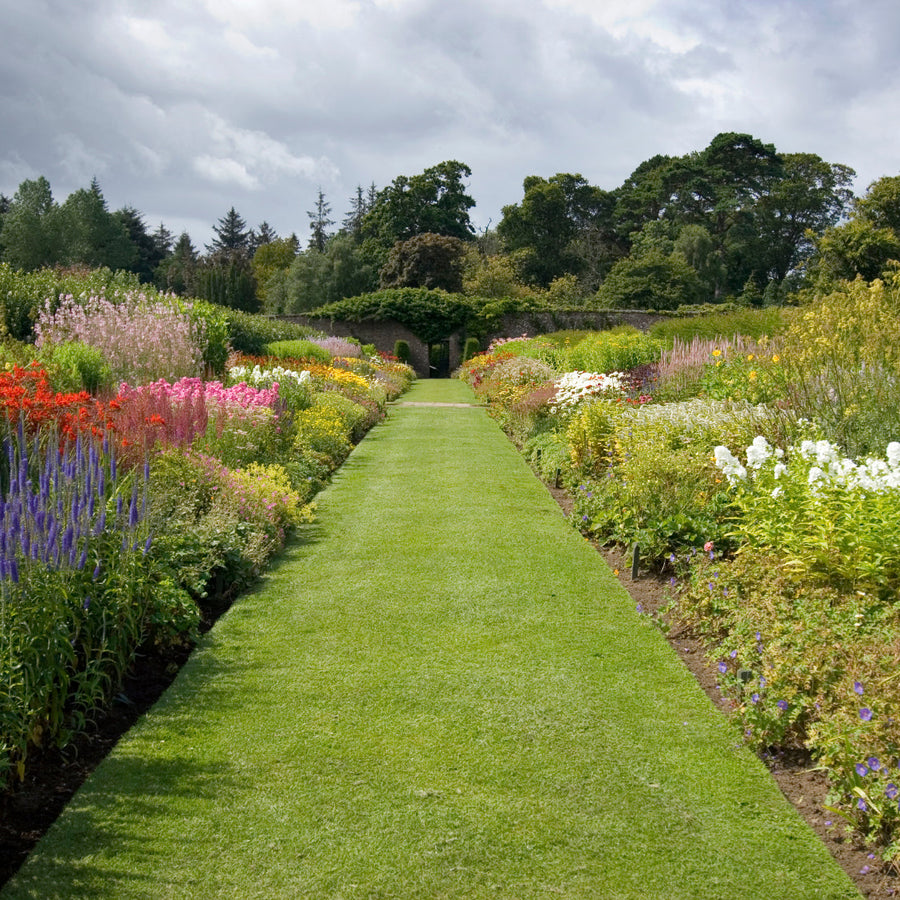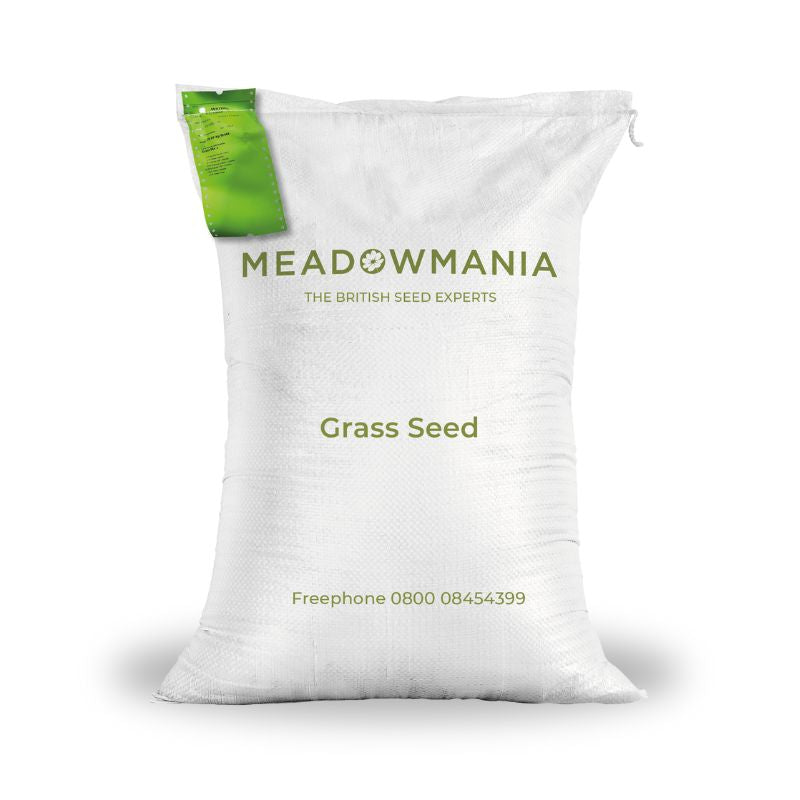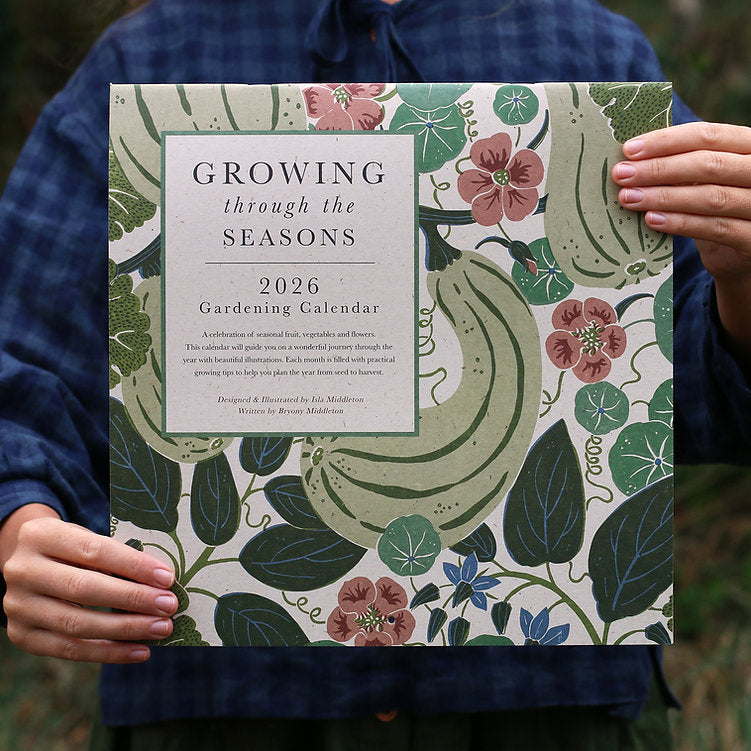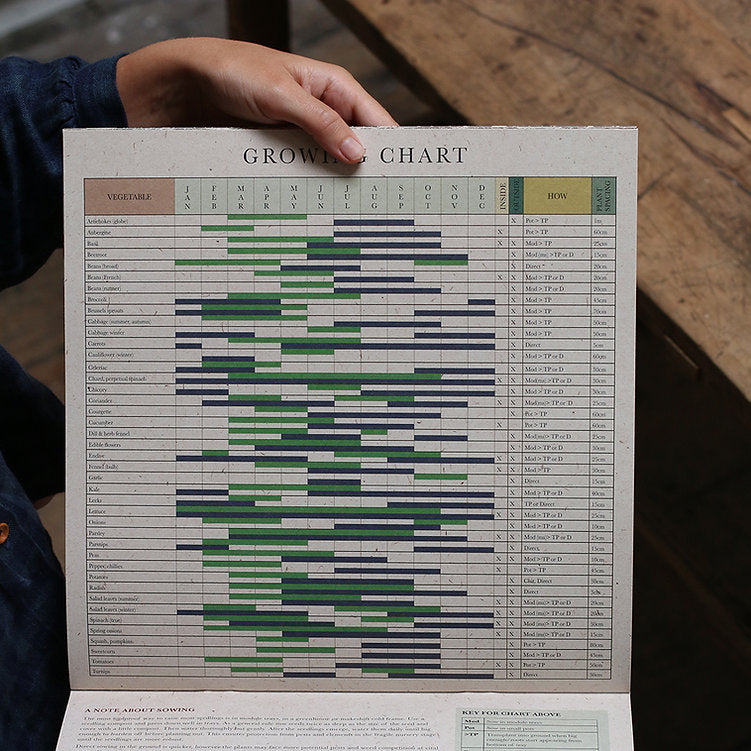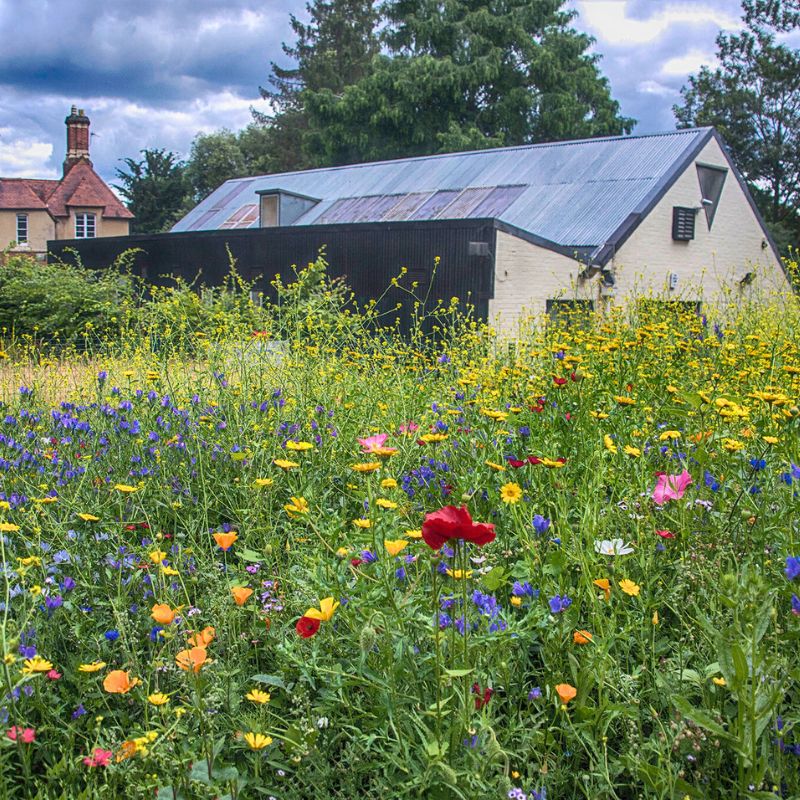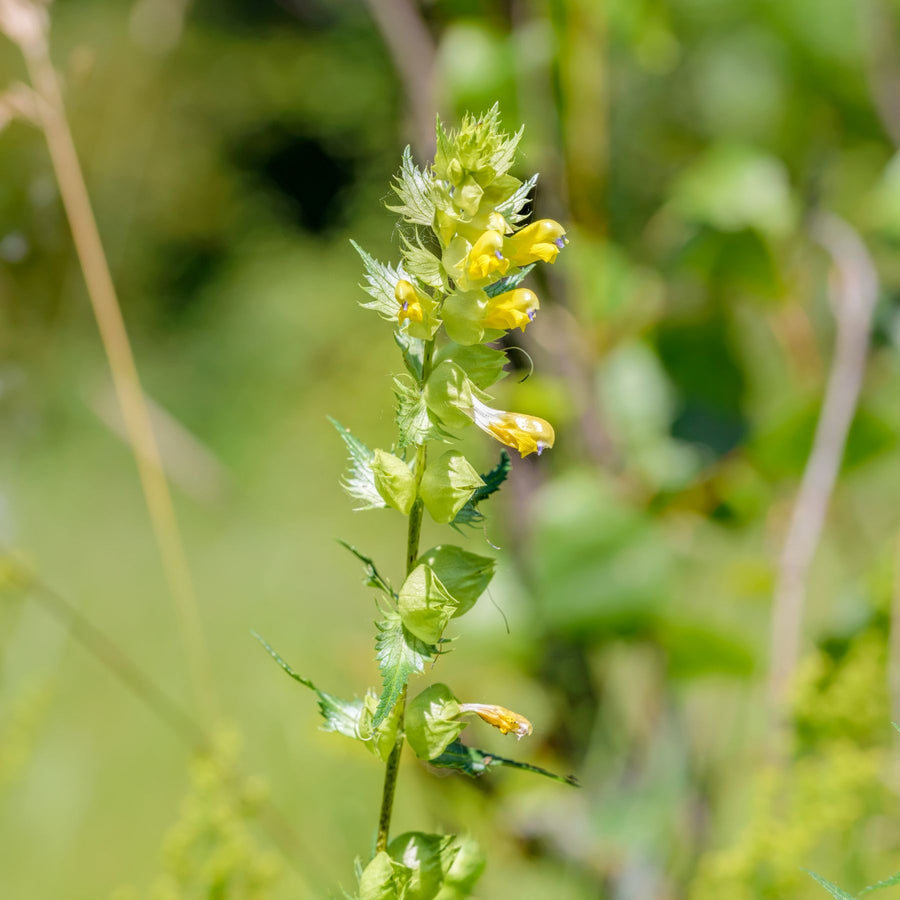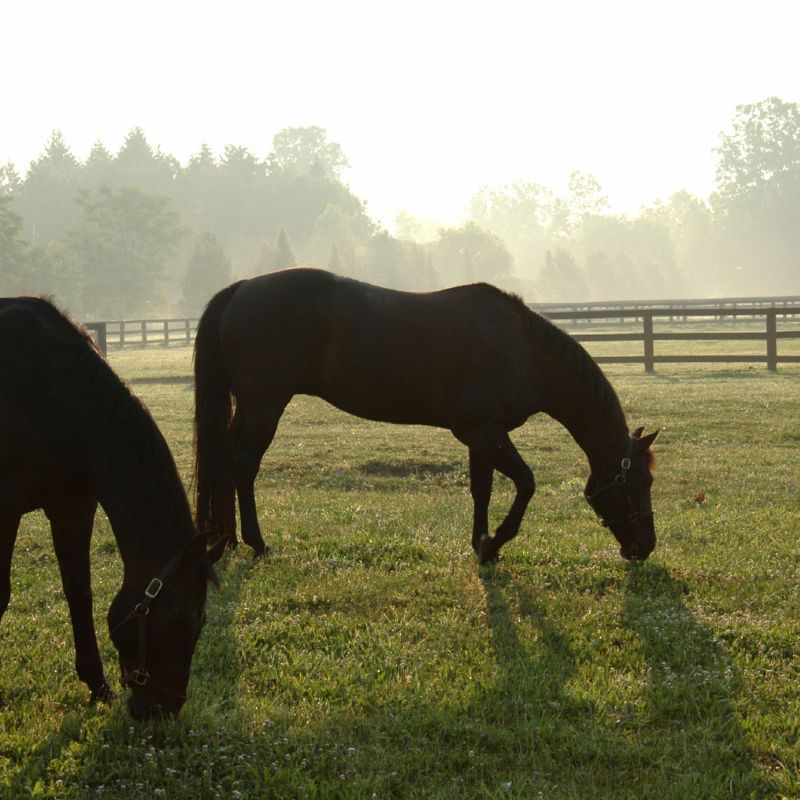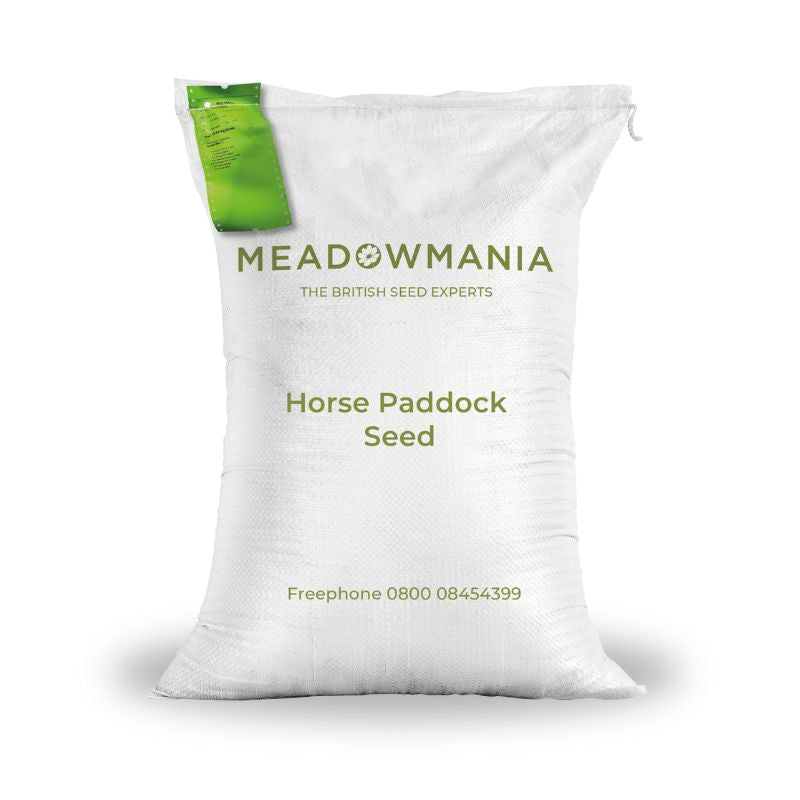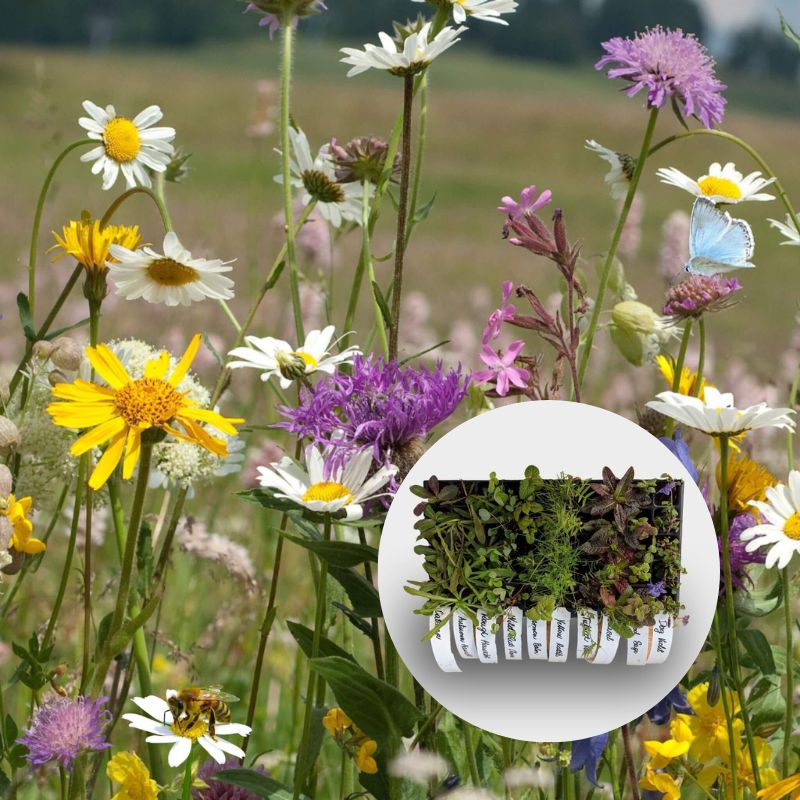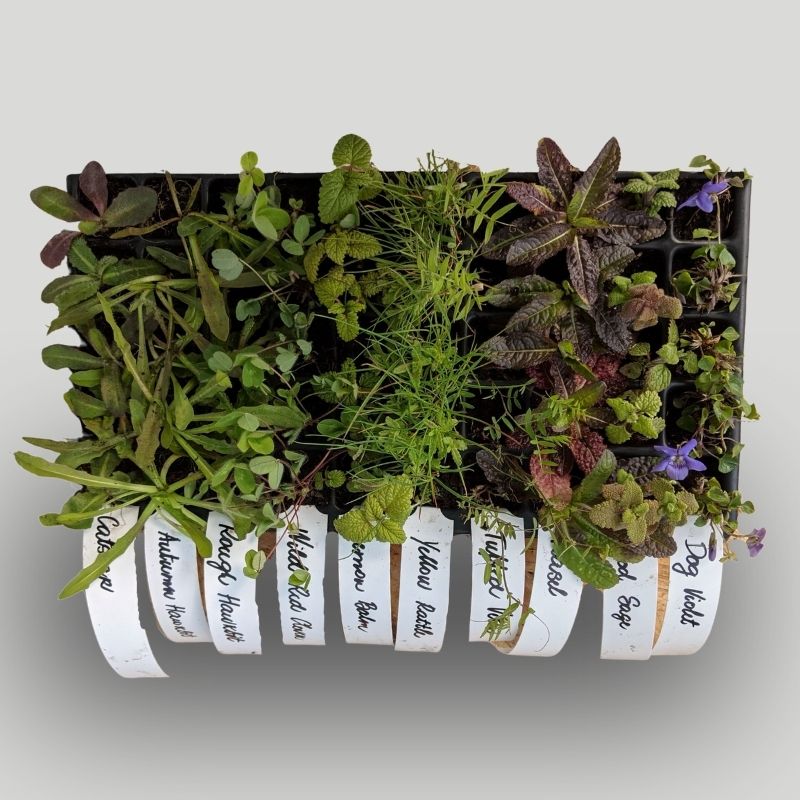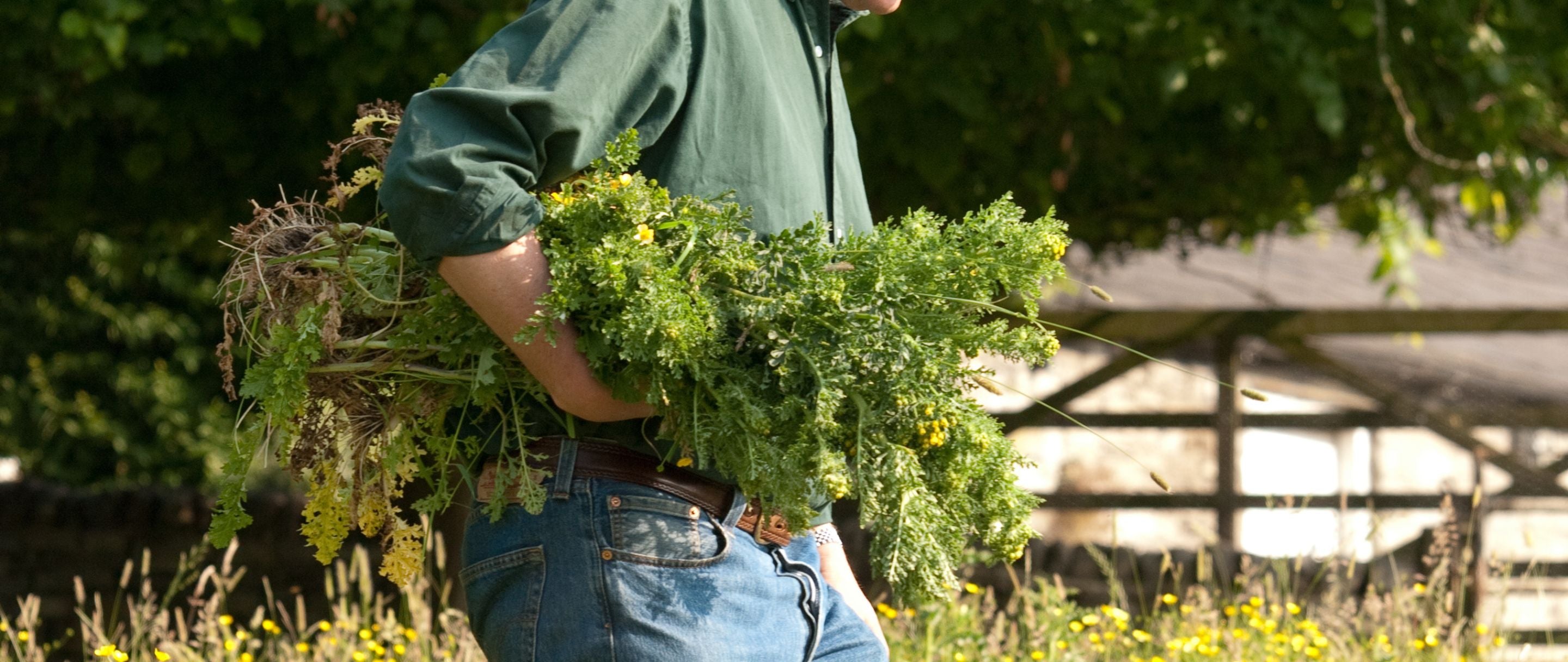
Managing Common Grassland Weeds
Expert Guide to Managing Grassland Weeds in Horse Pastures
Grassland weeds are a persistent challenge for pasture management, particularly for horse owners. Many of these weeds are either unpalatable, nutritionally poor, or even toxic. Proactively identifying and controlling these species is vital for maintaining high-quality forage and safeguarding equine health. Below, we provide a technical yet accessible guide to managing the most common grassland weeds encountered in the UK, along with practical control measures.
Key Grassland Weeds and Their Management
| 1. Nettles (Urtica dioica) | |
| Nettles are among the most recognisable weeds. Although horses may occasionally eat dried nettles, unchecked growth can dominate pastureland. Effective control involves treatment during the active growth phase (early May to mid-September) when herbicide application is most effective. Mechanical removal or mowing can also help prevent nettles from seeding. |
 |
| 2. Docks (Rumex obtusifolius and Rumex crispus) | |
| Both broad-leaved and curled dock are classified as injurious weeds under UK regulations. These weeds spread aggressively, especially if the land is disturbed through ploughing or rotavation, as fragmented roots readily regenerate. Control is best achieved through herbicide application in April/May or August/September. Eradication before reseeding or land preparation is crucial to avoid worsening infestations. |
 |
| 3. Creeping Thistle (Cirsium arvense) | |
| An injurious weed, creeping thistle spreads via extensive root systems, making it difficult to eradicate. Optimal control involves herbicide treatment during the early bud stage (June/July). Persistent infestations may require multiple applications to fully suppress growth. Regular monitoring is critical to prevent reseeding and further spread. |
 |
| 4. Spear Thistle (Cirsium vulgare) | |
| Another problematic thistle species, spear thistles are distinguishable by their dark green, spiny rosettes in early spring. Spraying is most effective in May or June before the flowering stems emerge. Early intervention reduces seed production and ensures better control of this injurious weed. |
 |
| 5. Chickweed (Stellaria media) | |
| Chickweed poses a significant risk as it can quickly outcompete grasses, forming dense mats that inhibit growth. This weed thrives in over-fertilised or disturbed soils. Spraying during the seedling stage is highly effective. For organic pastures, improved grazing management and soil aeration can help prevent its establishment. |
 |
| 6. Buttercups (Ranunculus repens and Ranunculus acris) | |
| Both creeping and meadow buttercups are mildly toxic when fresh but become harmless in hay. These weeds thrive in wet or compacted soils, indicating potential drainage issues. Effective control includes herbicide treatment and promoting vigorous grass growth to outcompete buttercups naturally. Improving soil drainage and reducing overstocking are critical long-term measures. |
 |
| 7. Ragwort (Senecio jacobaea) | |
| Ragwort is one of the most hazardous grassland weeds due to its high toxicity to horses. Classified as an injurious weed, ragwort spreads rapidly if not controlled. Cutting is not recommended as it stimulates regrowth. The best control strategies are herbicide application or manual removal before flowering. All uprooted plants must be destroyed responsibly to prevent poisoning. |
 |
Legal Considerations for Injurious Weeds
Under the Weeds Act 1959, injurious weeds such as ragwort, docks, and thistles are subject to legal control. While enforcement is rare, neighbours may raise complaints if weeds from one field pose a risk to surrounding areas. Regular management minimises the likelihood of disputes and ensures compliance with these regulations.
Practical Tips for Weed Management
- Prevention is Key: Maintain healthy, dense swards of grass to naturally outcompete weeds. Avoid overgrazing and reseed worn areas promptly.
- Integrated Management: Combine mechanical, chemical, and cultural control methods to maximise effectiveness.
- Seek Expert Advice: For persistent issues, consult a local agronomist or pasture specialist to develop a tailored weed management plan.
Effective weed management supports pasture productivity, improves forage quality, and safeguards equine health. At Meadowmania, we provide expert advice and high-quality grass seed mixes to help you establish resilient, weed-resistant pastures.


